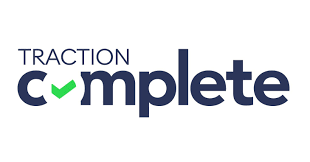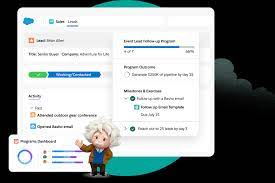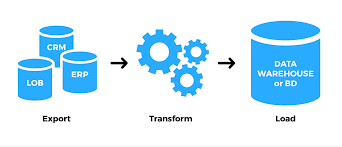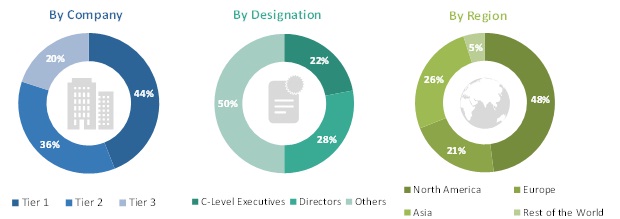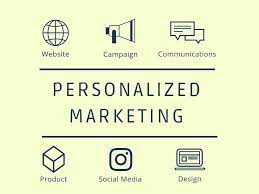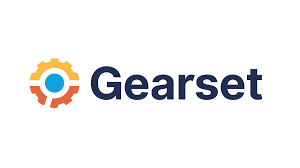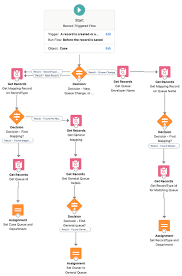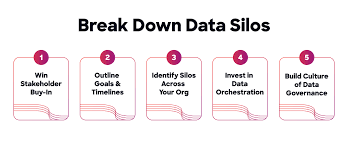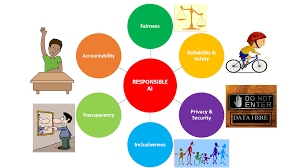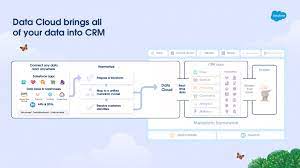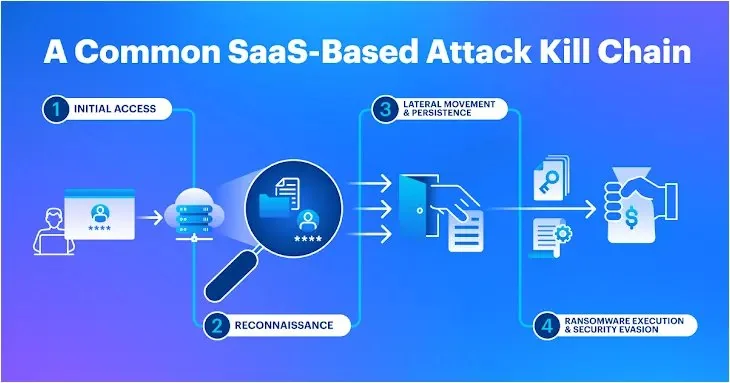RevOps Suite for Salesforce Data Management
Traction Complete Launches Revolutionary “RevOps Data Management Suite for Salesforce” In an era where artificial intelligence (AI) is revolutionizing business, Traction Complete is proud to announce the launch of “The RevOps Data Management Suite for Salesforce.” This groundbreaking suite is the first data management solution designed specifically for Revenue Operations professionals, empowering users to fully leverage their data by ensuring it is clean, connected, and ready for AI adoption. RevOps Sute for Salesforce Data Management. Importance of Data Integrity “The importance of clean and connected data can’t be stressed enough, especially in the age of AI. Without a solid foundation of reliable data, businesses are navigating in the dark, unable to make strategic decisions.” David Nelson, CEO of Traction Complete RevOps Suite for Salesforce Data Management Stephen Daniels, Vice President of Revenue Operations at Cresta, echoes this sentiment: “There is a cost to bad data. If we didn’t have a solution like Traction Complete in the first place to scale off, we would be building on a bad foundation that would cause hundreds of thousands of dollars of headaches in the future.” The Impact of Poor Data Poor data is more than just a nuisance; it’s a significant barrier to success. And it is expensive. It leads to distrust in CRM systems and lost productivity, ultimately impacting business revenue. Traction Complete’s mission is to tackle these challenges head-on, ensuring that data is accurate and seamlessly integrated across the Salesforce platform. This foundation enables businesses to adopt the latest technology seamlessly. Recent findings from McKinsey highlight the critical role of data quality in AI adoption: “Fifty-six percent of companies say ‘inaccuracy’ is the biggest risk posed by adopting generative AI. Yet only 32% of companies have systems in place for mitigating such inaccuracies.” Expertise and Innovation Traction Complete, born from the recently Salesforce-acquired Traction on Demand, draws on over 1.4 million hours of consulting experience to build trusted data management solutions that improve data quality. “At the pace that AI and machine learning are expanding and changing how we operate, businesses can’t afford to overlook the importance of data quality. Any businesses not setting their data foundation right now will be left behind,” adds Nelson. The Future of Data Management As organizations continue to navigate the complexities of digital transformation, the message is clear: the time to invest in data management is now. With the RevOps Data Management Suite for Salesforce, Traction Complete is leading the way, providing the tools necessary for businesses to thrive in the age of AI and beyond. Like1 Related Posts Salesforce OEM AppExchange Expanding its reach beyond CRM, Salesforce.com has launched a new service called AppExchange OEM Edition, aimed at non-CRM service providers. Read more The Salesforce Story In Marc Benioff’s own words How did salesforce.com grow from a start up in a rented apartment into the world’s Read more Salesforce Jigsaw Salesforce.com, a prominent figure in cloud computing, has finalized a deal to acquire Jigsaw, a wiki-style business contact database, for Read more Service Cloud with AI-Driven Intelligence Salesforce Enhances Service Cloud with AI-Driven Intelligence Engine Data science and analytics are rapidly becoming standard features in enterprise applications, Read more

